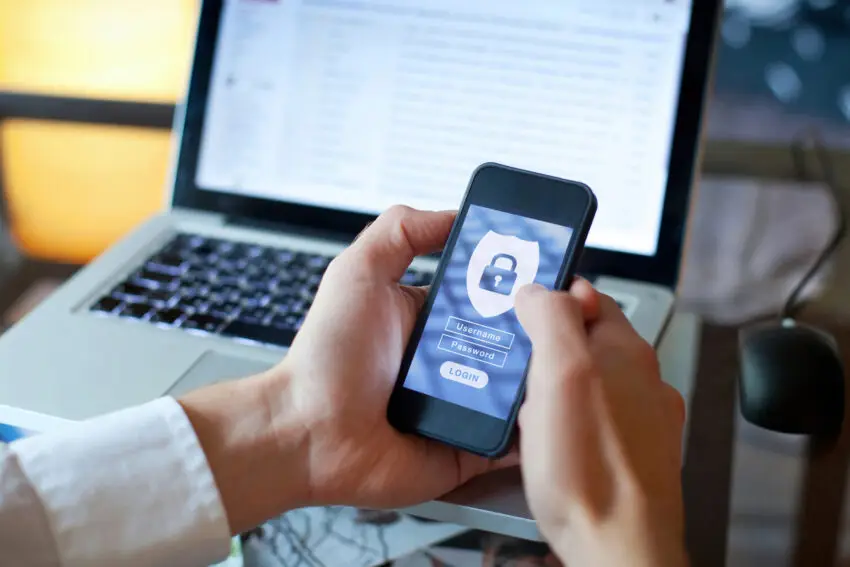As traditional identity management systems increasingly struggle to meet the security demands of the digital world, biometric authentication has emerged as a promising alternative. By leveraging unique physical characteristics such as fingerprints and facial features, biometrics offer a more secure method for verifying identities and managing access.
Biometric authentication systems employ a person’s unique physical traits to verify their identity. These include fingerprints, facial features, and even voice patterns. Unlike traditional passwords or PINs, biometric data is difficult to replicate or steal, providing a higher level of security. Two technologies stand out in this field: facial recognition and 3D liveness detection.
Facial recognition technology has become widely adopted, especially with the proliferation of mobile devices. Many modern smartphones use facial recognition for user authentication, providing a convenient and secure alternative to PINs or passwords. Facial recognition adds a layer of security that passwords cannot offer, as each person’s face is unique. Businesses benefit significantly, particularly in sectors like online banking, where this technology helps protect customers from fraud and cybercrime.
However, facial recognition alone has limitations. Hackers have attempted to circumvent these systems using photographs or videos. To combat this, 3D liveness detection technology has been developed. This ensures the person attempting to log in is physically present, using real-time actions such as blinking or smiling to verify authenticity. 3D liveness detection is essential for preventing unauthorized access and ensuring users are genuine.
Traditional Identity and Access Management (IAM) systems, relying on passwords and security questions, are increasingly vulnerable in today’s digital landscape. Hackers have become more sophisticated, making personal data more susceptible to theft. Biometric authentication addresses these vulnerabilities by offering more reliable and secure verification methods.
One significant improvement biometrics brings is in Multi-Factor Authentication (MFA). MFA requires users to verify their identity using two or more methods, such as a password and a code sent via text message. By integrating biometric data into MFA, platforms can provide stronger protection, significantly reducing the risk of fraud and identity theft.
The limitations of passwords have long been a weak link in online security. Many users create simple, easily guessed passwords or reuse the same ones across multiple accounts. Biometrics eliminate the need for passwords entirely, simplifying and securing the login process. This makes it almost impossible for someone to replicate or steal biometric data, significantly reducing the likelihood of a security breach.
In certain industries, physical ID cards are still prevalent. While these can be secure, they are also easy to lose or steal. By linking physical ID cards with biometric data, organisations can ensure only the rightful cardholder gains access. This approach is particularly useful in sensitive environments like hospitals, where both an ID card and a biometric verification may be required to access patient records.
Contactless smart cards are popular in sectors such as transportation and healthcare. These cards allow users to access services quickly by tapping their card on a reader. However, there remains a risk of theft or duplication. Incorporating biometric authentication with contactless smart cards enhances security, ensuring that only authorised users can access the system. Furthermore, contactless biometric systems are becoming increasingly popular in places like airports, facilitating efficient and secure identity verification.
Biometric authentication offers a compelling solution to the security challenges faced by traditional identity management systems. By utilising unique physical traits, biometrics provide a level of security that is difficult to replicate or breach. As technologies like facial recognition and 3D liveness detection advance, the adoption of biometrics in identity and access management will likely continue to grow, offering both enhanced security and convenience.

